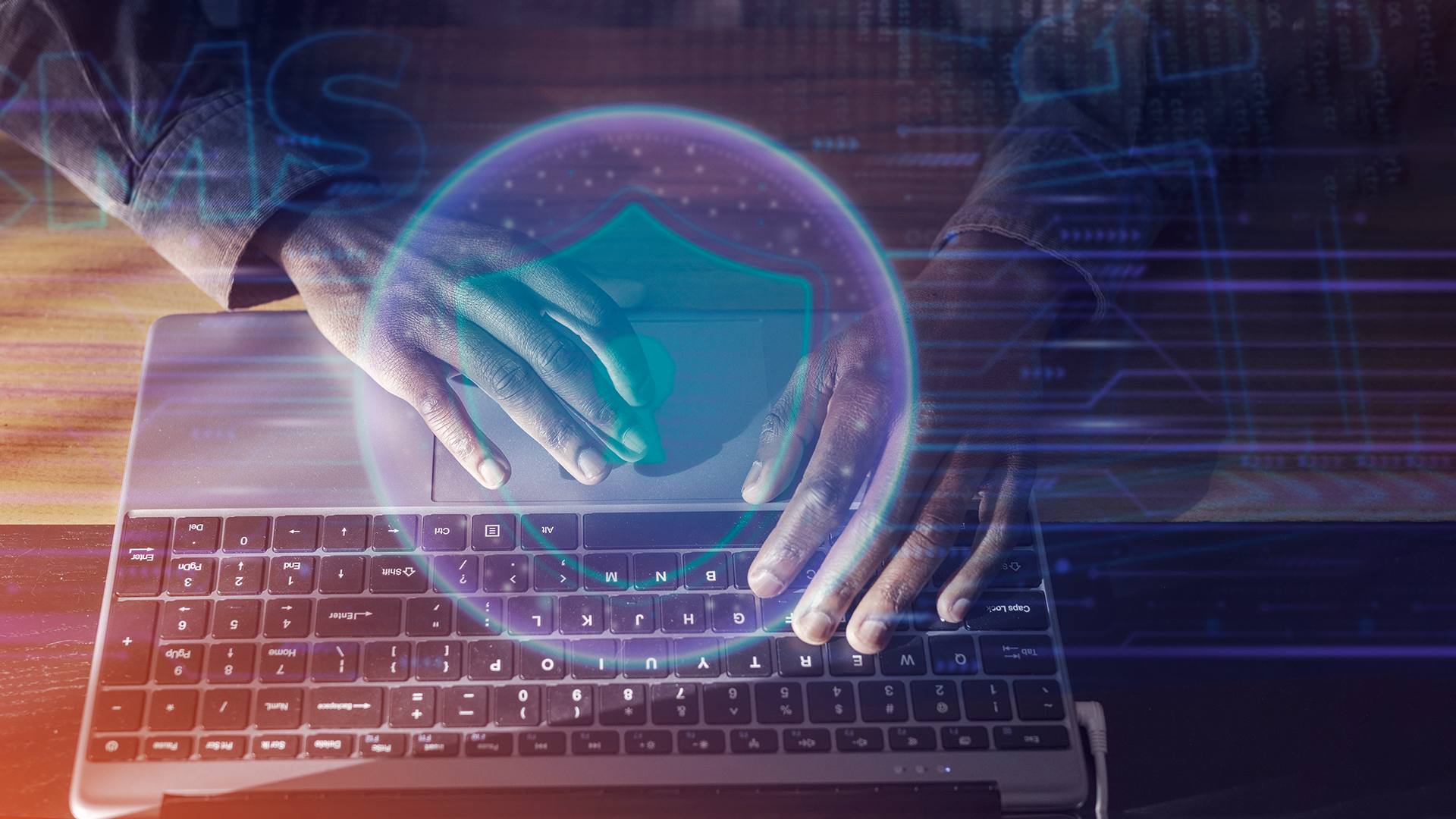
Thank you
Our team of industry domain experts combined with our guaranteed SLAs, our world class technology .


Get Immediate Help
In today’s rapidly evolving threat landscape, cybersecurity is no longer just about firewalls and antivirus software. To stay ahead of cybercriminals, organisations must take a holistic view of their security posture, identify weaknesses, and continually improve. Enter the Security Maturity Assessment—a comprehensive evaluation of an organisation’s ability to prevent, detect, and respond to modern cyber threats.
Think of it as a health check for your organisation’s cybersecurity readiness. A Security Maturity Assessment not only identifies where you stand but also provides a clear roadmap for improvement, ensuring your defences are robust enough to tackle the ever-changing threat landscape.
In this blog, we’ll dive into what a Security Maturity Assessment entails, why it’s crucial for your organisation, and how you can benefit from implementing its insights.

A Security Maturity Assessment evaluates an organisation’s cybersecurity posture against industry standards and best practices. It examines critical areas such as risk management, incident response, access control, and endpoint protection to determine your organisation's preparedness for cyber threats.
The goal is to understand your Cybersecurity Maturity Model (CMM)—a framework that assesses your organisation’s progression from basic security measures to advanced, proactive strategies. By identifying your cybersecurity risk levels, the assessment helps you pinpoint gaps, prioritise improvements, and allocate resources effectively.

1. Identify Weaknesses Before Attackers Do
Modern cyber threats are sophisticated, targeting vulnerabilities across your infrastructure. A Security Maturity Assessment uncovers these gaps, enabling you to address them before they’re exploited.
2. Gauge Cyber Readiness
Is your organisation prepared to handle advanced threats like ransomware or insider attacks? This assessment evaluates your readiness to prevent, detect, and respond to such incidents, ensuring you’re not caught off guard.
3. Improve Incident Response Maturity
How quickly can your organisation recover from an attack? By evaluating your incident response maturity, a Security Maturity Assessment helps you streamline your processes and reduce recovery times.
4. Align with Industry Standards
With regulations like GDPR and ISO 27001 shaping cybersecurity practices, the assessment ensures your organisation complies with industry benchmarks and legal requirements.
5. Support Strategic Decision-Making
The insights gained help leadership make informed decisions about where to invest resources, whether it’s upgrading intrusion detection systems or improving access control management.

The Security Maturity Model Framework categorises an organisation’s cybersecurity posture into distinct levels, ranging from basic to advanced. Let’s explore these levels:
Level 1: Initial (Ad-Hoc Security)
- Characteristics: Security practices are reactive, inconsistent, and dependent on individual efforts.
- Challenges: High vulnerability to threats due to lack of structured processes.
- Example: No formal endpoint detection and response system in place; breaches are addressed only after they occur.
Level 2: Managed (Basic Security Measures)
- Characteristics: Security measures are defined but not consistently implemented.
- Challenges: Limited visibility into cyber risks and inconsistent application of policies.
- Example: Basic intrusion detection systems are in place, but threat monitoring is sporadic.
Level 3: Defined (Standardised Security Processes)
- Characteristics: Security practices are standardised, documented, and consistently applied.
- Challenges: While proactive measures exist, the organisation still lacks real-time threat intelligence.
- Example: Access control management policies are enforced organisation-wide.
Level 4: Quantitatively Managed (Risk-Based Security Approach)
- Characteristics: Security practices are data-driven, with metrics used to measure effectiveness.
- Challenges: Requires advanced tools and skilled personnel to maintain.
- Example: Regular organisational security audits and risk maturity level evaluations guide decision-making.
Level 5: Optimised (Advanced, Adaptive Security)
- Characteristics: Security is integrated into organisational culture, with real-time detection and response capabilities.
- Challenges: Continuous improvement requires significant investment and expertise.
- Example: Endpoint detection and response systems combined with AI-driven threat analysis.

1. Assessment
- Conduct a detailed review of current security practices, technologies, and policies.
- Evaluate key areas, including risk management, intrusion detection systems, and access control.
2. Gap Analysis
- Compare your current maturity level against industry benchmarks.
- Identify specific gaps, such as insufficient incident response planning or outdated security tools.
3. Prioritisation
- Rank vulnerabilities and risks based on potential impact and likelihood.
- Focus on high-priority areas, such as endpoint protection or compliance gaps.
4. Implementation
- Develop a roadmap for improvement, including timelines and resource allocation.
- Implement changes, such as upgrading systems, enhancing training, or refining policies.
5. Continuous Monitoring
- Regularly review and update your security maturity assessment to adapt to new threats.
- Incorporate tools like intrusion detection systems and endpoint detection and response for real-time insights.

1. Enhanced Cyber Resilience
Understanding your weaknesses allows you to build stronger defences, reducing the likelihood and impact of cyberattacks.
2. Informed Resource Allocation
Focus your budget on areas that need it most, whether it’s upgrading security tools or conducting an organisational security audit.
3. Improved Compliance
Ensure your organisation meets regulatory requirements, avoiding penalties and reputational damage.
4. Faster Incident Response
With improved processes and tools, your team can detect and mitigate threats more effectively.
5. Increased Stakeholder Confidence
Demonstrating a robust cybersecurity posture reassures customers, partners, and investors.
For organisations looking to evaluate and enhance their cybersecurity posture through a Security Maturity Assessment, the following Microminder Cybersecurity services are particularly valuable:
1. Security Maturity Assessment Services
This comprehensive service evaluates an organisation’s current cybersecurity posture using frameworks like the Cybersecurity Maturity Model (CMM). It identifies gaps in security processes, incident response, and risk management while providing actionable recommendations to improve maturity levels.
2. Incident Response Planning and Testing
By assessing your incident response maturity, Microminder ensures your organisation has a well-defined, tested, and effective plan in place to handle cyber incidents. This reduces response times and minimises the impact of breaches
3. Endpoint Detection and Response (EDR) Solutions
EDR systems play a critical role in identifying and mitigating endpoint threats in real-time. This service enhances an organisation’s ability to detect and respond to sophisticated attacks, aligning with advanced levels of security maturity.
4. Organisational Security Audits
Regular audits evaluate existing security controls and processes, uncovering vulnerabilities and compliance gaps. These audits are essential for organisations seeking to achieve higher levels of cybersecurity readiness.
5. Intrusion Detection System (IDS) Implementation
Microminder deploys IDS solutions to monitor network traffic for malicious activities. This proactive monitoring ensures early detection of threats, which is critical for organisations aiming to improve their security maturity.
6. Access Control Management Solutions
Ensuring proper access control is vital for any security maturity framework. Microminder’s services include designing and implementing robust policies and tools that restrict access to sensitive data, protecting it from unauthorised users.
7. Cyber Risk Management Strategies
By evaluating and mitigating cybersecurity risks, Microminder helps organisations prioritise their investments and efforts in areas that pose the highest risks, ensuring effective resource allocation.
8. Compliance and Regulatory Support
For organisations aiming to align their security posture with standards like GDPR or ISO 27001, Microminder provides tailored support to meet these requirements. This service helps organisations achieve and maintain compliance as part of their maturity journey.
9. Proactive Threat Monitoring and Detection
Real-time monitoring services ensure that threats are identified and addressed immediately. This continuous oversight strengthens an organisation’s ability to detect and mitigate risks proactively, improving its overall security maturity.
10. Tailored Security Roadmap Development
Microminder provides customised roadmaps based on the results of the Security Maturity Assessment. These plans prioritise actions, timelines, and investments to help organisations reach their desired maturity level efficiently.
In today’s ever-evolving threat landscape, a Security Maturity Assessment is no longer optional—it’s essential. By evaluating your organisation’s current cybersecurity posture, identifying weaknesses, and implementing a structured plan for improvement, you can build a robust defence against modern threats.
Whether you’re addressing compliance requirements, improving incident response maturity, or safeguarding sensitive data, a Security Maturity Assessment provides the clarity and direction needed to stay resilient. It’s not just about identifying risks—it’s about empowering your organisation to tackle them head-on with confidence.
Ready to gauge and enhance your organisation’s readiness for modern threats? Contact Microminder Cybersecurity today to start your journey toward a stronger, more secure future.
Don’t Let Cyber Attacks Ruin Your Business
Call
UK: +44 (0)20 3336 7200
KSA: +966 1351 81844
UAE: +971 454 01252
Contents
To keep up with innovation in IT & OT security, subscribe to our newsletter
Recent Posts
Penetration Testing | 10/11/2025
Cloud Security | 07/11/2025
Cybersecurity | 06/11/2025
Why is a Security Maturity Assessment important?
The assessment helps organisations: - Identify vulnerabilities before they are exploited. - Align with compliance standards like GDPR or ISO 27001. - Enhance incident response capabilities. - Allocate resources effectively to prioritise critical security measures.How does a Security Maturity Assessment work?
The process typically involves: 1. Evaluation: Reviewing current security measures and processes. 2. Gap Analysis: Identifying areas that need improvement. 3. Prioritisation: Ranking risks based on their impact and likelihood. 4. Roadmap Development: Creating an action plan to enhance security maturity.Who needs a Security Maturity Assessment?
Organisations of all sizes and industries benefit from a Security Maturity Assessment, particularly those: - Handling sensitive data. - Operating in regulated industries. - Seeking to strengthen their cybersecurity posture.How does a Security Maturity Assessment help with compliance?
The assessment ensures your organisation meets regulatory requirements by identifying compliance gaps, such as inadequate data protection measures or lack of incident response plans.How does a Security Maturity Assessment improve risk management?
By identifying and prioritising risks based on their impact and likelihood, the assessment helps organisations allocate resources to address the most critical vulnerabilities, improving their overall risk management strategy.